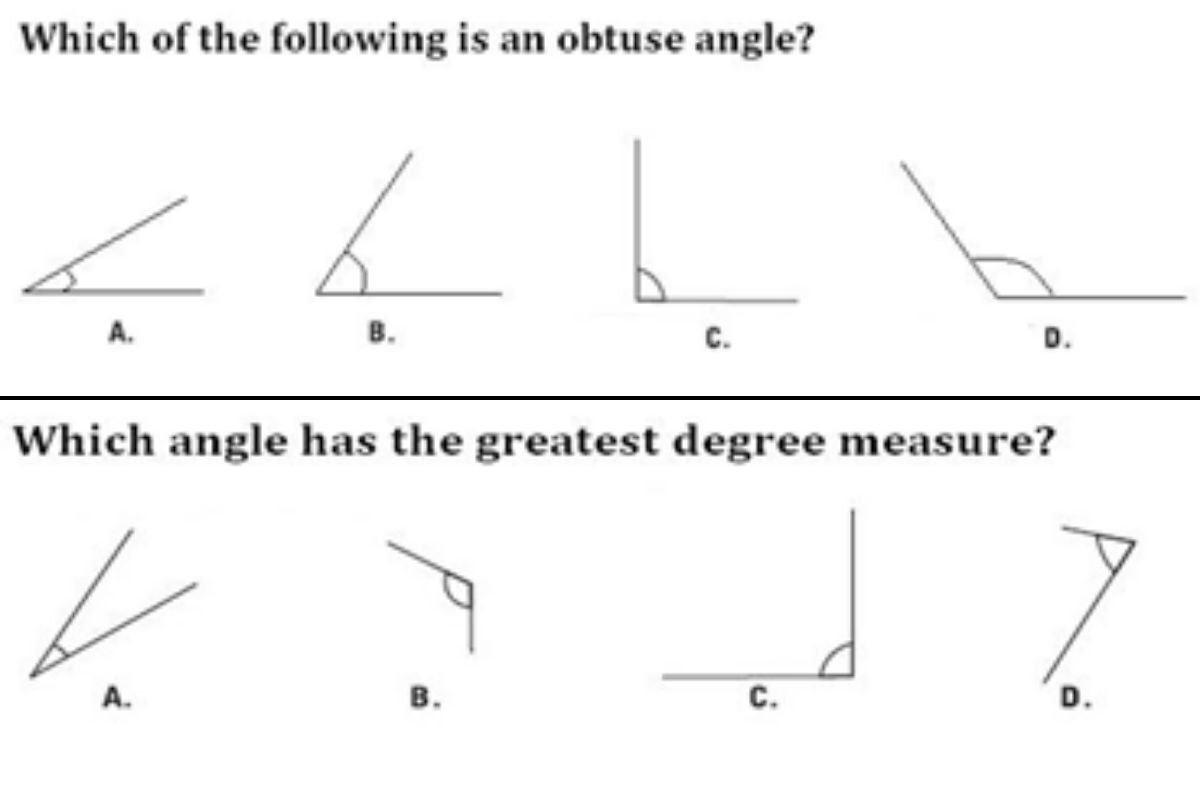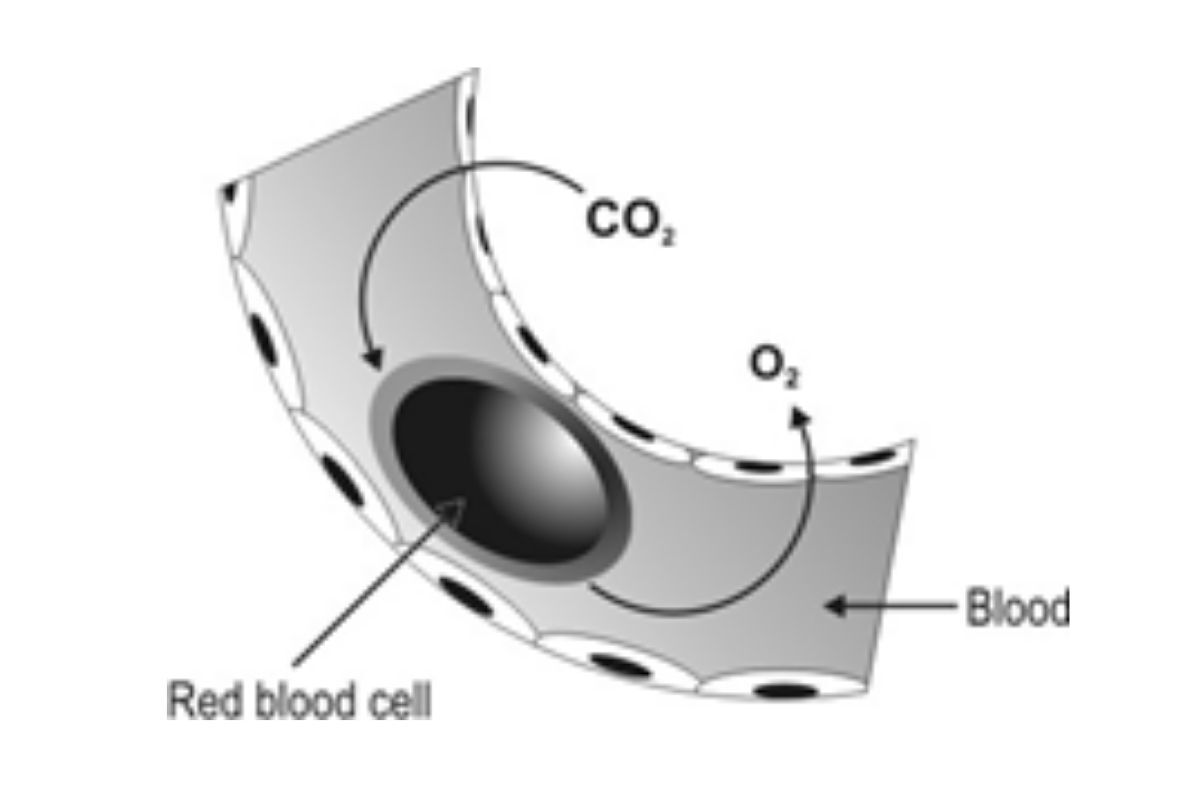
views
The ability to frame questions that make students think both at the time of instruction as well assessment is the essence of a good teacher. A good question, when correctly framed, can help a teacher understand the thought processes of students and how well a child has internalized a concept or mastered a skill.
Questions are central to any good assessment and the quality of the questions determines the quality of the insights that one can derive based on the data on those questions. A good question aims to challenge and stimulate a child’s thinking in order to apply it to the concepts that have been learned.
Here is an example of a question on the different phases of moon- ‘What is the name of the phase of the Moon during which it appears completely round?’
versus ‘Why do we see different phases of the Moon?’
Both of the questions posed are related to the concept of ‘phases of the Moon’. The main difference is that the first question simply aims to check if the student ‘knows’ the names of the phases of the Moon or not whereas the second one aims to check whether s/he ‘understands’ the reason behind seeing the different phases of the Moon.
While there is nothing incorrect about the first question, what it does is that it only checks the student’s ability to recall a name correctly. On the other hand, the second question has the ability to influence the way students learn. Even if the student doesn’t know the answer, it may encourage the student to think and in turn trigger a series of thoughts that can help students form a hypothesis around the phenomenon of different phases of the Moon.
Here’s an example to differentiate between machine learning and real learning through good questions.

Both of the questions are related to the concept of ‘angles’. The first question aims at testing if the student knows what ‘obtuse angle’ means and if they are able to identify the obtuse angle whereas the second question aims at testing the student’s understanding of the concept of ‘angles’ and if they are able to identify the angle of the greatest degree measure.
Another subtle difference is in the way the options are arranged in the two questions. In the first question, all of the angles have a base that are horizontal whereas in the second question, the angles are arranged in diverse orientations and arm lengths.
While one can memorise what obtuse angle is, students who can match the term ‘obtuse angle’ to the correct ‘image’, can answer the question even if they don’t understand what ‘obtuse’ means or what ‘angle’ means.
However, the second question can be answered only if the students understand what angle means. Data on the second question reveals that many students don’t understand what angle means and have misconceptions, for example the longer the arms of an angle, greater is its measure. Only a good question like the second question can distinguish if students have really grasped the concept or have rote learnt it.
Now, let’s explore the power of capturing misconceptions and common errors with good questions. Below is an example of a diagrammatic representation of a process within the human body

In which of these regions/organs could the process be occurring?
1. lungs
2. heart
3. brain
A. only in 1
B. only in 2
C. only in 2 and 3
D. in all – 1, 2 and 3
The above multiple-choice question was attempted by 22,131 students, out of which 21 per cent selected option D and 38 per cent selected option A. While 29 per cent chose option B.
This response pattern indicates that the students have a misconception that gaseous exchange occurs only in specific organs of the human body, while the fact is that it occurs in all parts of the body. If thoughtfully designed, the wrong options can help in capturing specific misconceptions or alternate conceptions, or common wrong answers.
How to monitor student learning with good questions? Below is an example of a question on a broken ruler to measure the length of his eraser.

What is the length of the eraser?
A. 3 cm
B. 4 cm
C. 7 cm
D. The length cannot be measured by a broken ruler
The question is framed to gauge if students understand how to measure the length and use it in the given. The distractors are designed to capture if instead they have learned it mechanically and have wrong notions such as “if the object is not starting at zero or if the ruler is broken, the length cannot be measured, the length of an object can be found out by counting the markings on the scale, etc.
Through this question, it was observed that around 15 per cent of the private school students from Grade 5 selected option D, which indicates that they think we cannot measure the length with a broken ruler. Further, 37 per cent of students selected option B, indicating that instead of measuring the length as 3 cm, that is, the distance between the markings 4-5, 5-6, 6-7, they seem to be counting individual markings 4-5-6-7 to arrive at the answer 4 cm.
Assessing student learning through the right set of questions is of paramount importance. Good questions, if crafted through a scientific approach, can help to understand if students have learned with understanding or are mechanically learning.
Many times, an unfamiliar yet simple question can reveal a great deal about how students are learning and can also give insights about the different pedagogical approaches that can be adopted to ensure they learn effectively.
Furthermore, good questions help to stimulate the thinking process and introduce them to a unique way to assess their own comprehension of key concepts. Framing good questions is an art as well as science which if practiced well can be highly effective in eventually improving student learning outcomes.
— The author is Nishchal Shukla, VP, Pedagogical Research, Educational Initiatives
Read all the Latest News, Breaking News and Coronavirus News here.



















Comments
0 comment